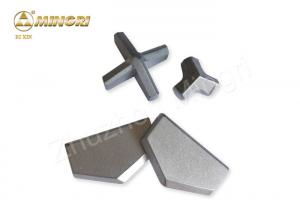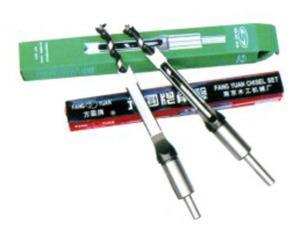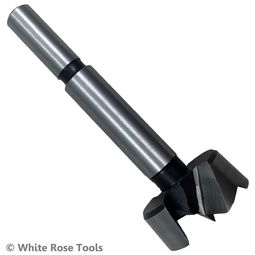
Wood Drill Bits: A Comprehensive Guide for Woodworkers
Wood drill bits are essential tools for any woodworker, whether you’re a hobbyist or a professional. These bits are designed to create holes in wood, and there are various types available to suit different needs. In this article, we will delve into the different types of wood drill bits, their uses, and how to choose the right one for your project.
Types of Wood Drill Bits

There are several types of wood drill bits, each with its unique features and applications. Here are some of the most common types:
| Bit Type | Description | Applications |
|---|---|---|
| Brad Point Bit | Has a small, pointed tip that helps to start holes in wood. | Used for pilot holes in wood joints and for drilling holes for screws. |
| Auger Bit | Has a spiral blade that cuts through wood quickly. | Used for drilling large holes in softwood. |
| Forstner Bit | Has a flat bottom and a pilot bit to ensure straight holes. | Used for creating flat-bottomed holes in wood for wooden plates and other decorative purposes. |
| Counterbore Bit | Has a cutting edge that removes material to create a recess for the head of a screw. | Used for countersinking screw heads and for creating larger holes for wood plugs. |
These are just a few examples of the many types of wood drill bits available. Each type has its own advantages and is suitable for specific tasks.
Choosing the Right Wood Drill Bit

Selecting the right wood drill bit is crucial for achieving the desired results. Here are some factors to consider when choosing a wood drill bit:
- Material of the Wood: Different types of wood require different drill bits. For example, hardwoods like oak and maple require a different bit than softwoods like pine and cedar.
- Size of the Hole: The size of the hole you need will determine the size of the drill bit you need. Make sure to choose a bit that is slightly smaller than the diameter of the screw or dowel you plan to use.
- Drill Bit Material: The material of the drill bit can affect its durability and performance. High-speed steel (HSS) bits are the most common and are suitable for general-purpose drilling. Carbide-tipped bits are more expensive but offer longer life and better performance in hardwoods.
- Drill Bit Type: As mentioned earlier, different types of wood drill bits are designed for specific tasks. Choose the type of bit that best suits your project’s needs.
Remember to always use the correct drill bit for the material and task at hand to ensure the best results.
Drilling Techniques

Drilling holes in wood requires some technique to avoid damaging the wood or the bit. Here are some tips for successful drilling:
- Start Slowly: Begin drilling at a low speed to allow the bit to start cutting smoothly. Increase the speed as the hole is started.
- Use a Pilot Hole: For larger holes, use a pilot bit to start the hole. This will prevent the drill bit from wandering and help to keep the hole straight.
- Keep the Bit Cool: Use a lubricant or water to keep the bit cool and reduce friction. This will extend the life of the bit and prevent the wood from burning.
- Support the Wood: Use clamps or a vise to hold the wood securely in place while drilling. This will prevent the wood from moving and help to keep the hole straight.
By following these techniques, you can achieve clean, precise holes in wood with your wood drill bits.
Caring for Your Wood Drill Bits
Proper care and maintenance of your wood drill bits will extend their life and ensure they perform well. Here are some tips for caring




